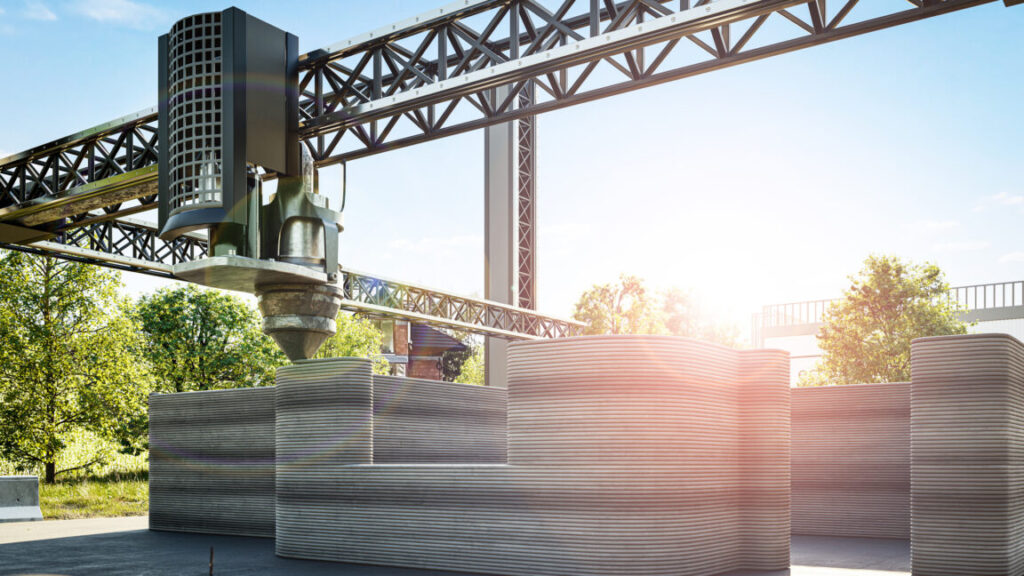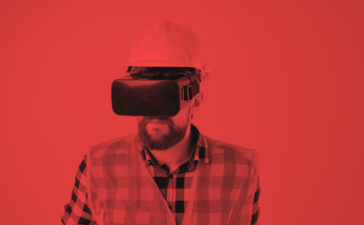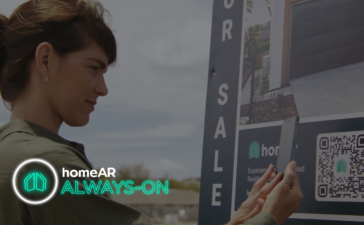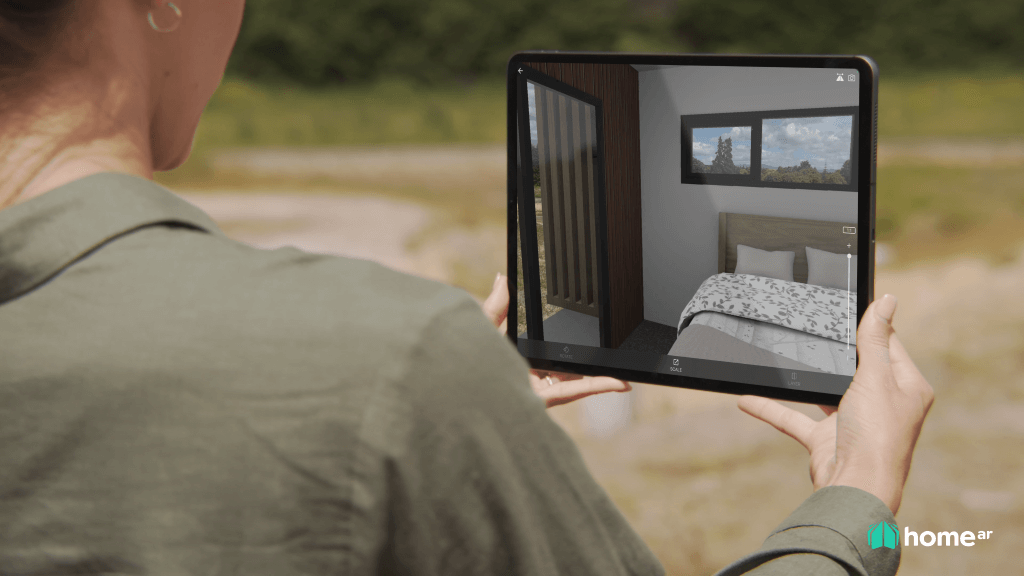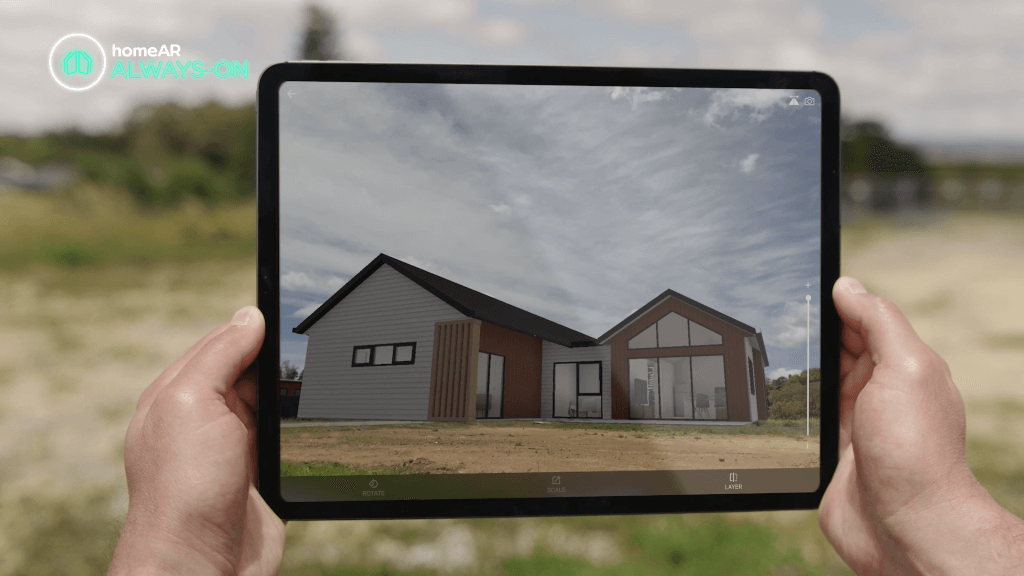“Impact printing” is a cement-free alternative to 3D-printed structures
Recently, construction company ICON announced that it is close to completing the world’s largest 3D-printed neighborhood in Georgetown, Texas. This isn’t the only 3D-printed housing project. Hundreds of 3D-printed homes are under construction in the US and Europe, and more such housing projects are in the pipeline.
There are many factors fueling the growth of 3D printing in the construction industry. It reduces the construction time; a home that could take months to build can be constructed within days or weeks with a 3D printer. Compared to traditional methods, 3D printing also reduces the amount of material that ends up as waste during construction. These advantages lead to reduced labor and material costs, making 3D printing an attractive choice for construction companies.
A team of researchers from the Swiss Federal Institute of Technology (ETH) Zurich, however, claims to have developed a robotic construction method that is even better than 3D printing. They call it impact printing, and instead of typical construction materials, it uses Earth-based materials such as sand, silt, clay, and gravel to make homes. According to the researchers, impact printing is less carbon-intensive and much more sustainable and affordable than 3D printing.
This is because Earth-based materials are abundant, recyclable, available at low costs, and can even be excavated at the construction site. “We developed a robotic tool and a method that could take common material, which is the excavated material on construction sites, and turn it back into usable building products, at low cost and efficiently, with significantly less CO2 than existing industrialized building methods, including 3D printing,” said Lauren Vasey, one of the researchers and an SNSF Bridge Fellow at ETH Zurich.
How does impact printing work?
Excavated materials can’t be used directly for construction. So before beginning the impact printing process, researchers prepare a mix of Earth-based materials that has a balance of fine and coarse particles, ensuring both ease of use and structural strength. Fine materials like clay act as a binder, helping the particles stick together, while coarser materials like sand or gravel make the mix more stable and strong. This optimized mix is designed such that it can move easily through the robotic system without getting stuck or causing blockages.
“Impact printing” is a cement-free alternative to 3D-printed structures Read More »
